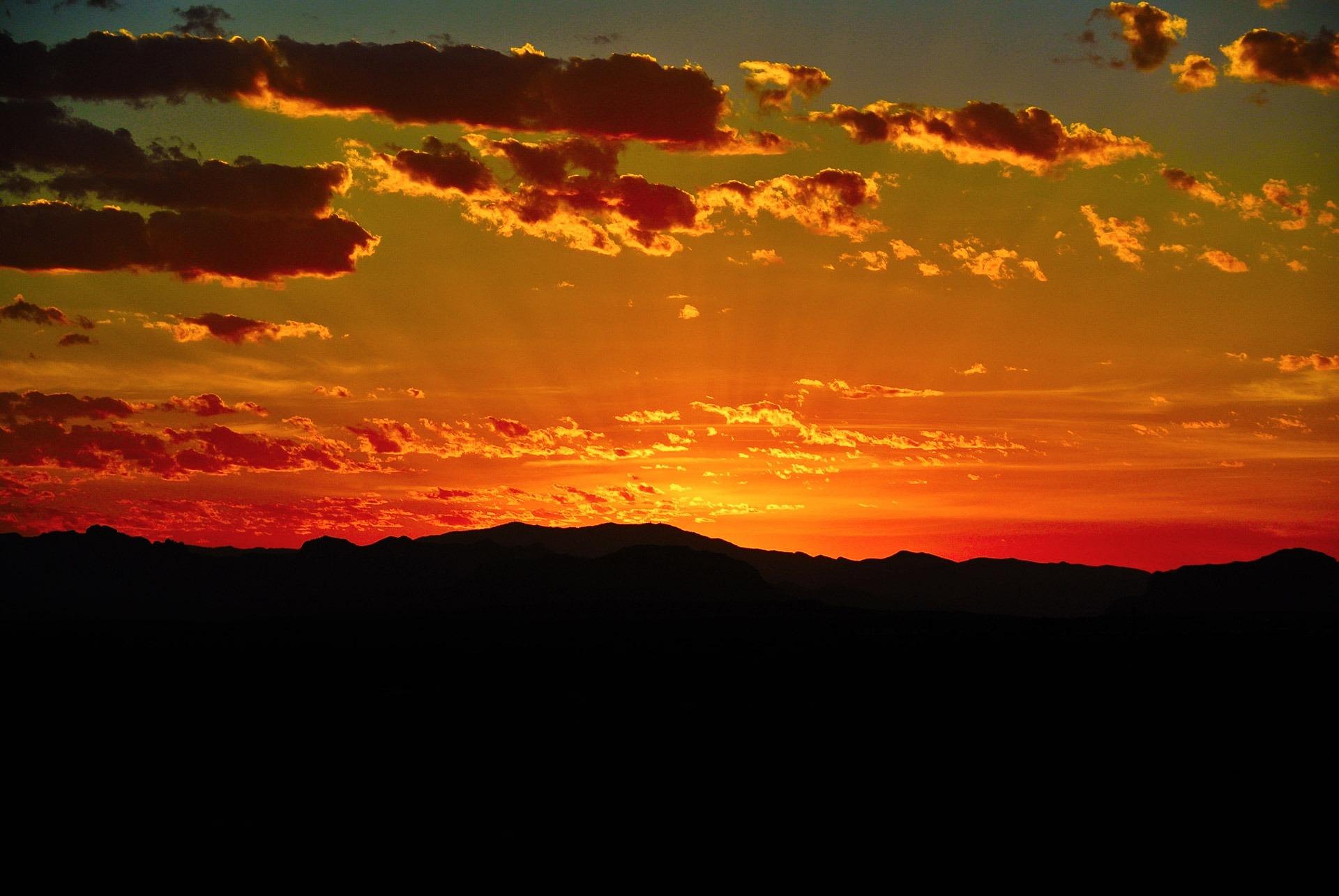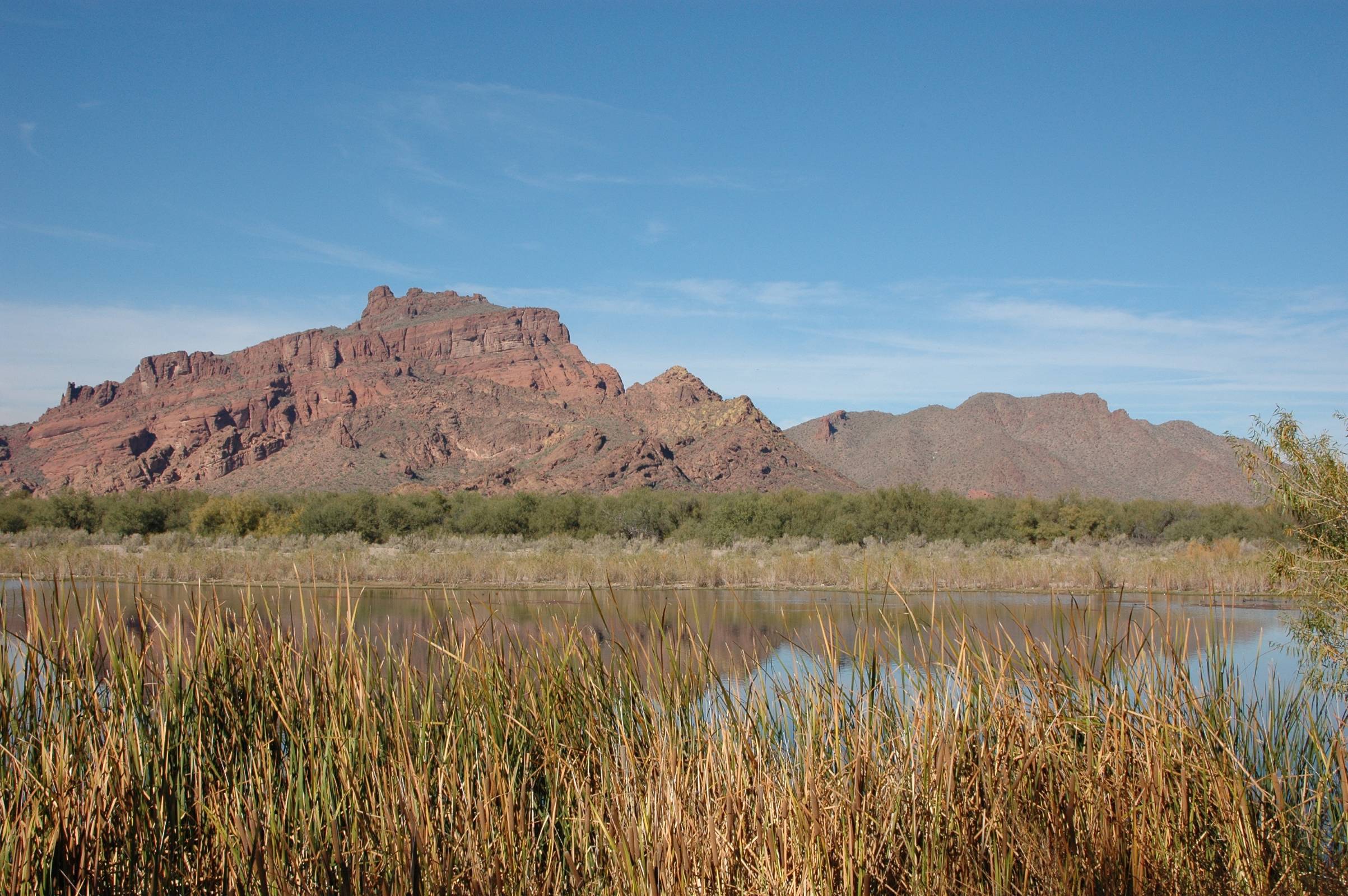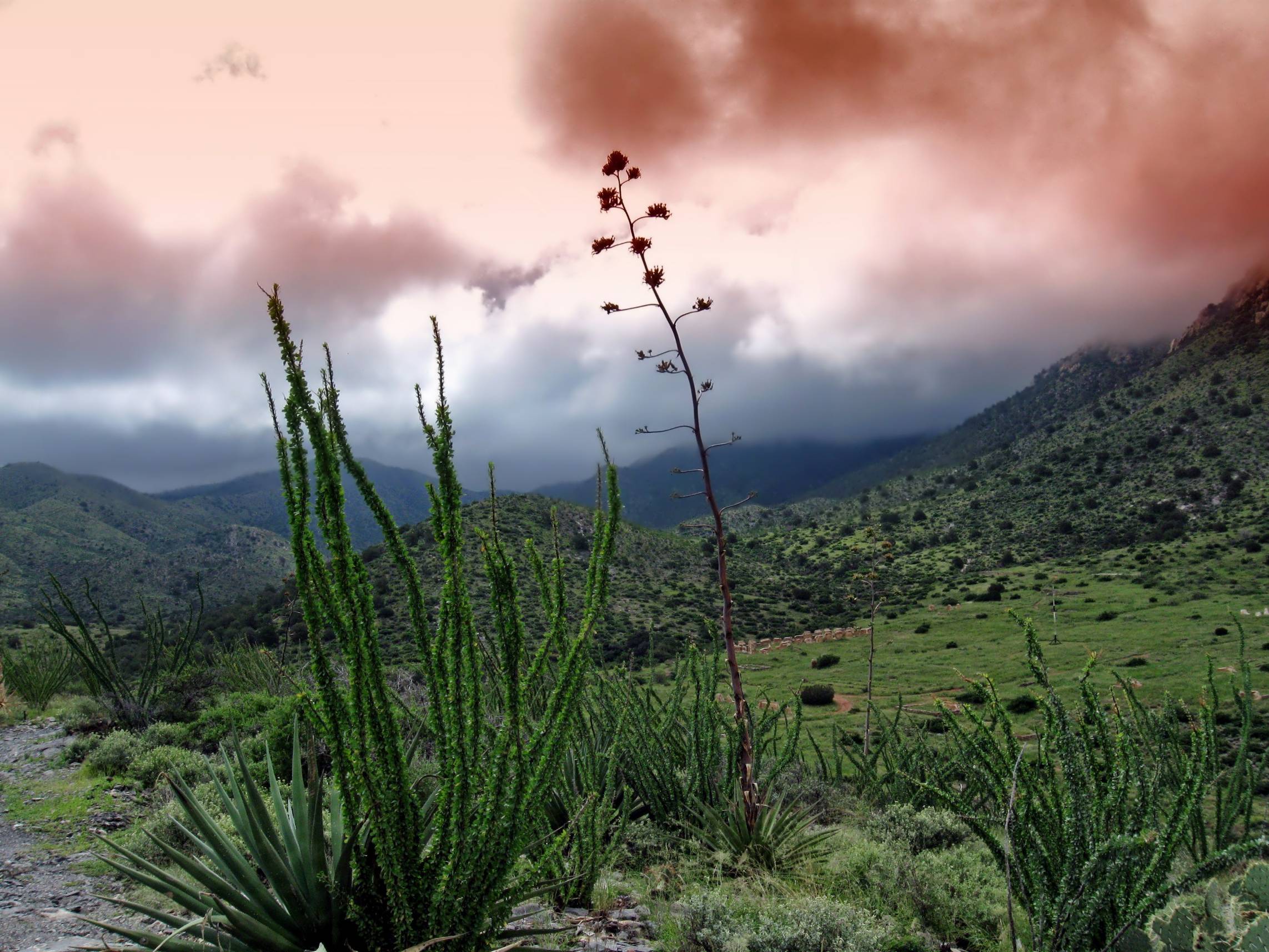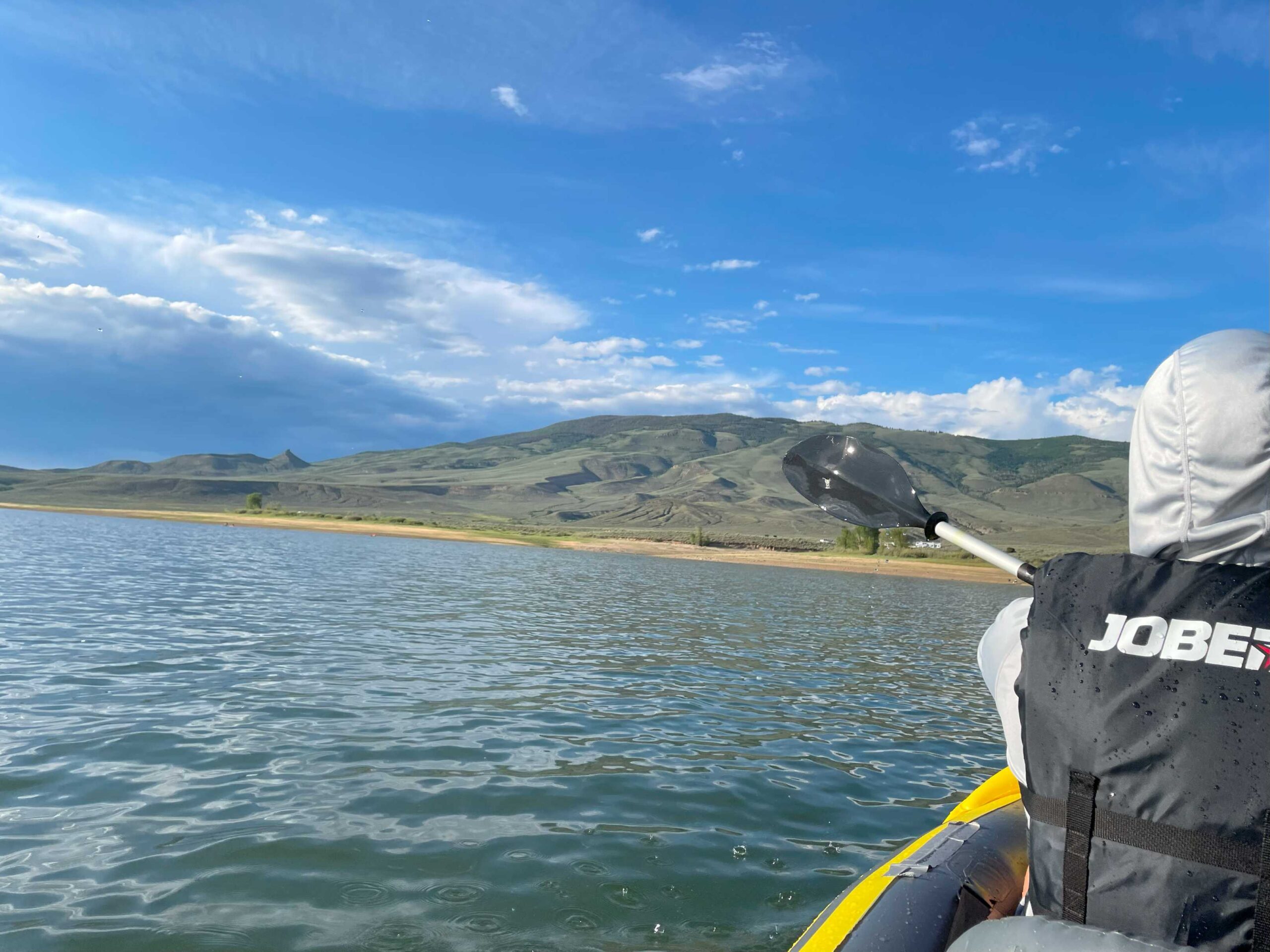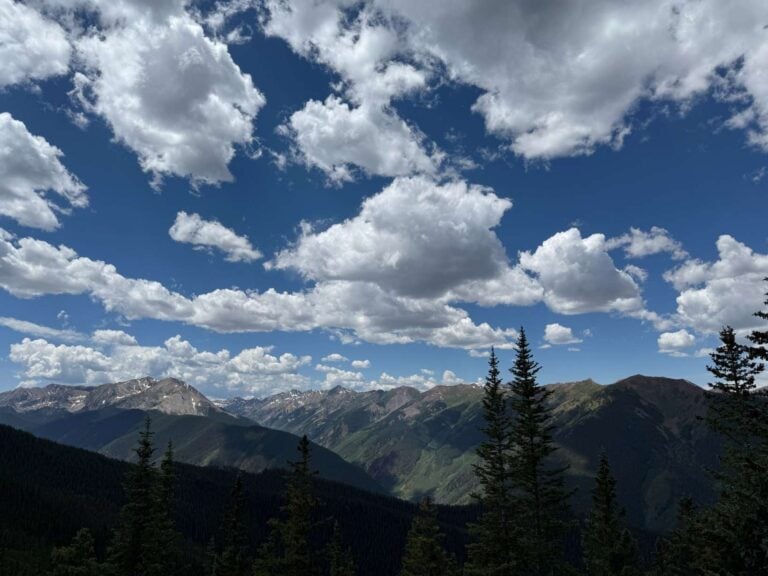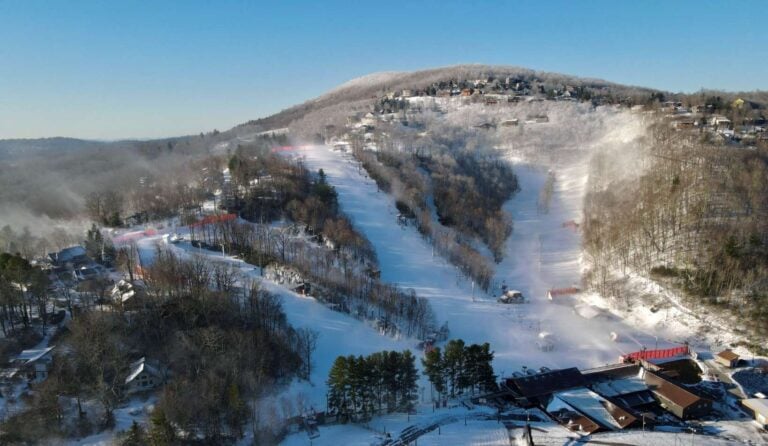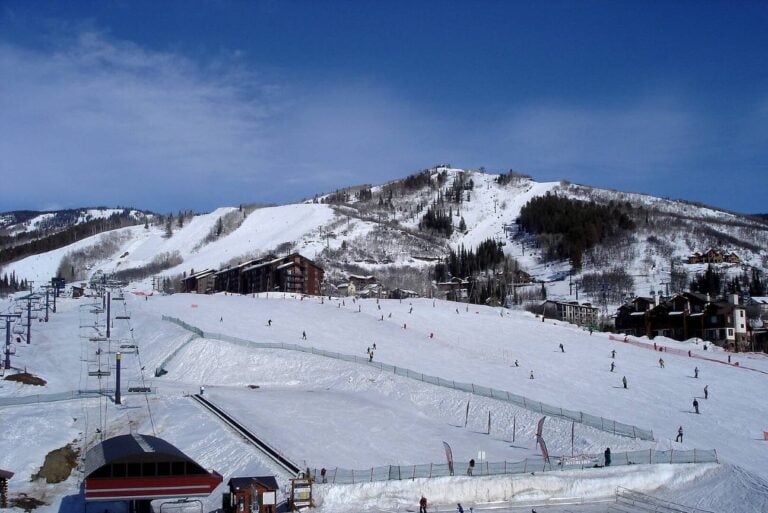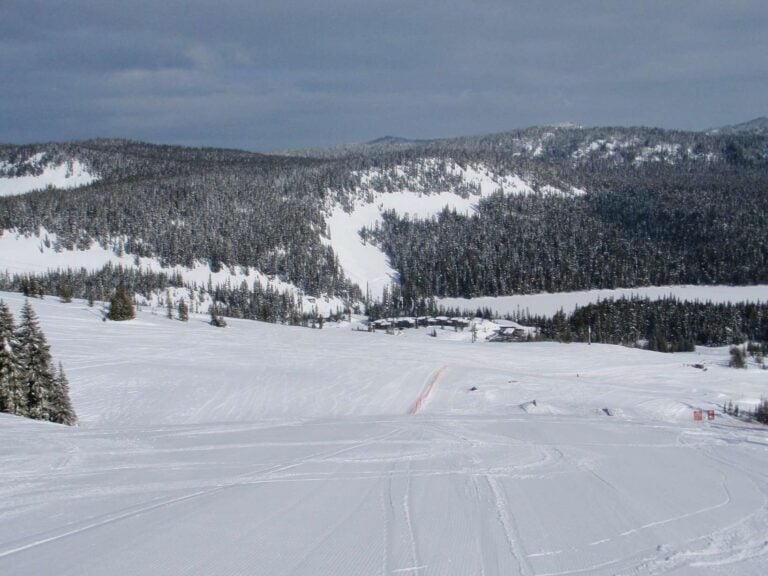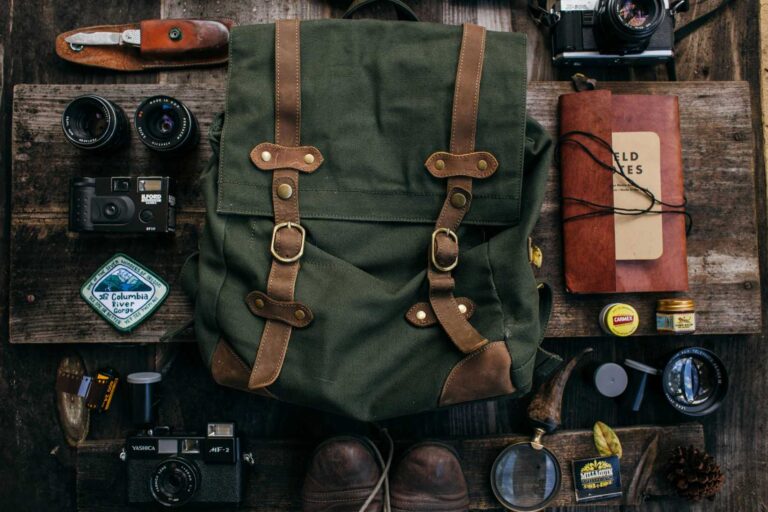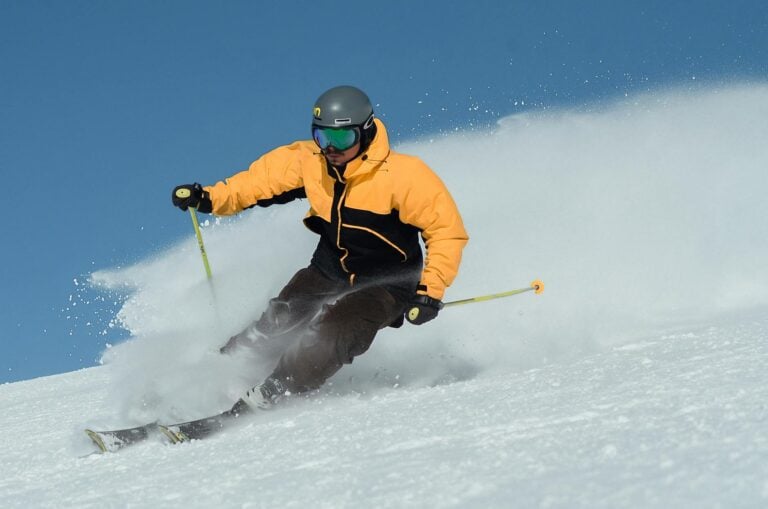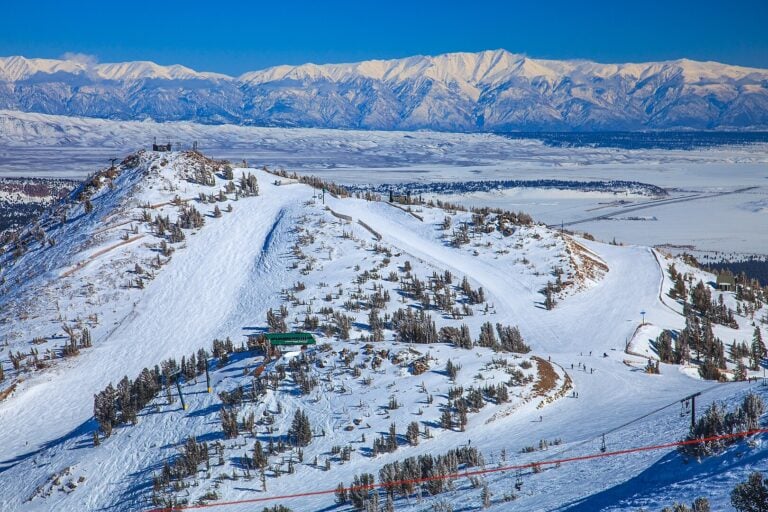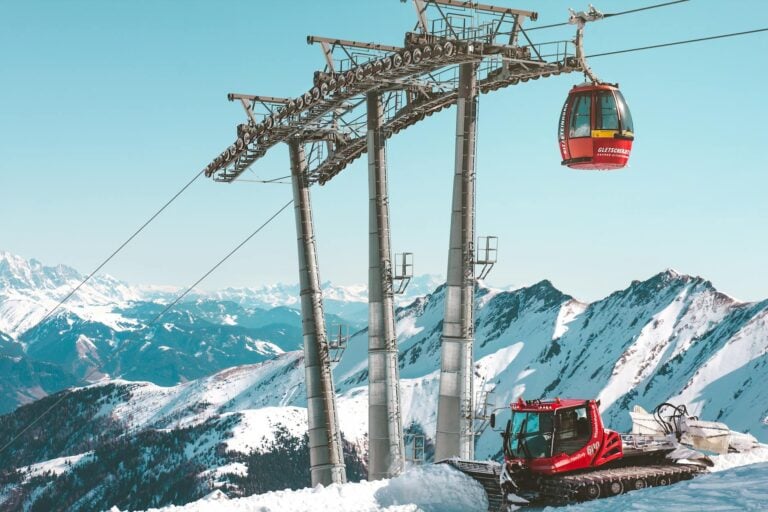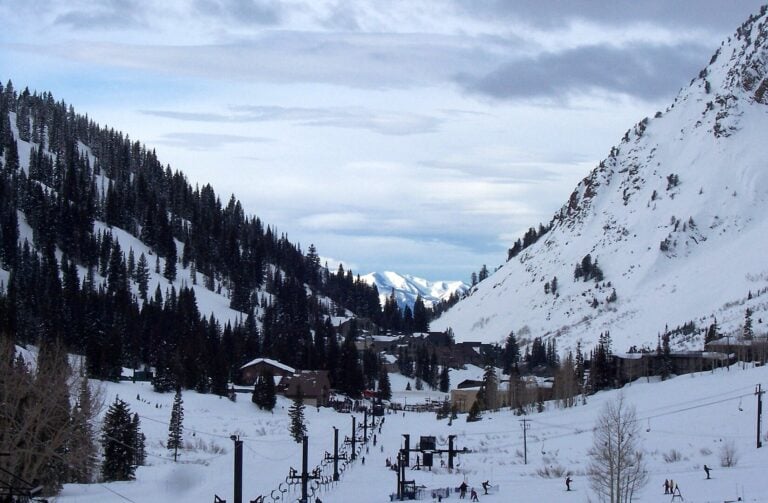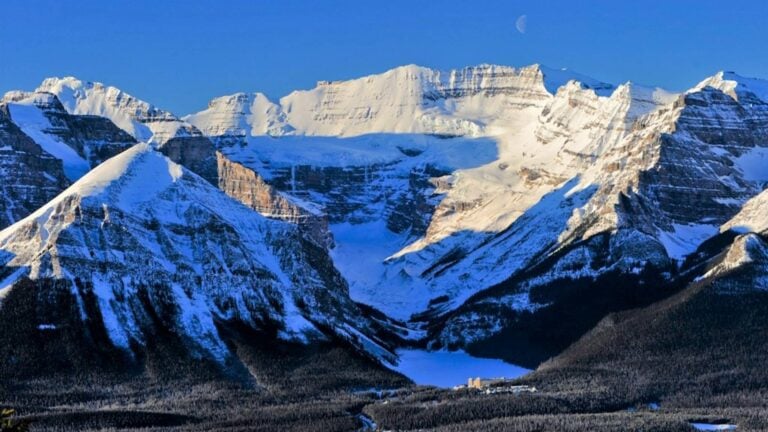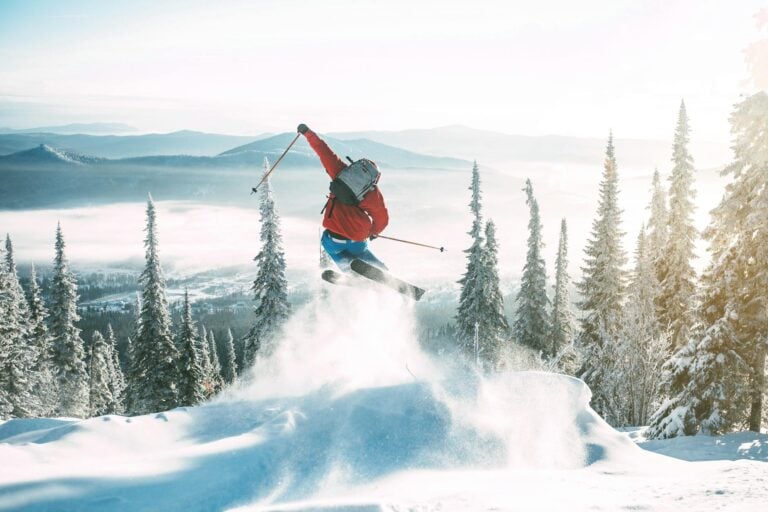Need a break on weekend but don’t know where to go? Bring your outdoor gear and follow me.
The White Mountains, Arizona offer the quickest alpine escape a desert dweller can make on a Friday afternoon. This 7,000‑ to 11,000‑foot plateau strings together trout‑rich lakes, aspen‑lined trails, and even a lift‑served bike park, rare for the arizona mountains.
Whether you’re chasing wildflowers, aspen color, or try bike in the park, this cool‑weather refuge packs four seasons of adventure into one uplifted plateau.
Where Are the White Mountains, AZ?
The arizona white mountains range forms an east‑facing crescent in Apache‑Sitgreaves National Forests, bordered by the Fort Apache Reservation on the south and New Mexico on the east. Driving distances are easier than they look:
- Phoenix ➜ Show Low: 179 mi / ~3 hr 15 min via AZ‑87 & AZ‑260
- Tucson ➜ Show Low: 192 mi / ~3 hr 45 min via US‑60 & AZ‑77
- Albuquerque ➜ Springerville: 218 mi / ~3 hr 45 min via US‑60.
Elevations leap quickly—from 6,300 ft in Show Low up to 11,420 ft on Mount Baldy, the white mountain arizona roof. Because high points sit on tribal land, respect closure signs and permit rules.
Best Time To Visit White Mountains
Summer (late May – early September) brings 70–85 °F afternoons—perfect for long miles and kayak laps, yet monsoon thunderheads pop after lunch; hike early, then watch cloud towers bloom from a lakeside hammock.
Fall (mid‑September – mid‑October) drops highs into the 55–70 °F range, crowds thin after Labor Day, and every aspen grove along AZ‑273 turns gold; photographers call it Arizona’s “mini‑Colorado.”
Check Today White Mountains Weather
Spring is brief, expect muddy tracks and fast‑melting drifts through April.
Top 5 Trails
1. Mount Baldy Loop — 18.1 mi, 2,793 ft gain, strenuous
Start at West Baldy TH, wind through velvet meadows alive with elk bugles, then top out on a breezy saddle at 10,800 feet with views that stretch to New Mexico. It’s sacred ground to the White Mountain Apache, so honor the closure that keeps you a respectful half‑mile shy of the true summit.
2. Escudilla National Recreation Trail — 6 mi round trip, 1,479 ft, moderate
A storybook climb through burned‑and‑regenerating spruce leads to Arizona’s third‑highest peak. From the old lookout foundation you’ll spot the state line, Blue Range Wilderness, and—on clear days—the San Francisco Peaks 150 miles west.
3. Timber Mesa Loop — 7.6 mi, 583 ft, easy‑moderate
Minutes north of Show Low, this single‑track laces gently undulating ponderosa benches. Locals jog it at dawn, mountain‑bike it on fall afternoons, and clip on skis once winter snows smooth the tread.
4. Land of the Pioneers Trail — 8.7 mi, mostly level, easy
Don’t let the name fool you, not like a scene from a western movie, no wagon ruts here, just open grass flats, basalt boulders, and expansive sky. Its mild grades make a perfect first‑day acclimation loop or a kid‑friendly nature ride.
5. Eagle National Recreation Trail — 24–28 mi depending on exit, hard
This remote back‑country corridor rolls through mixed‑conifer canyons where Mexican gray wolves roam. Backpackers rave about silent night skies, columnar‑basalt cliffs, and the feeling of hiking on Arizona’s last quiet trail.
Trail heads sit between 7,500 ft and 9,500 ft; ascend slowly, hydrate, and stash an energy gel in each hip‑belt pocket.
More Things to Do in the White Mountains
Fishing & Paddling – Launch a kayak on Big Lake’s 532 acres and troll for rainbow or Apache trout. Closer to town, Fool Hollow Lake State Park rents canoes year‑round. (Check More Boating Detail)
Downhill MTB – Sunrise Park Resort operates Arizona’s only lift‑served bike park, debuting new beginner‑to‑double‑black trails each June.
Ski & Ride – In winter the same resort flips to 65+ ski runs and tubing hills, averaging four‑foot bases and family lessons.
Wildlife Walks – Sipe White Mountain Wildlife Area posts spotting scopes for elk and pronghorn from May through October. Fool Hollow elk rut viewing peaks in September.
Mogollon Rim Overlooks – Rim Lakes Vista Trail delivers paved‑path views over a 2,000‑ft drop to canyon lakes.
Geology Tours – Basalt domes and cinder cones date to a two‑phase volcanic pulse 34–2 million years ago.
Planning FAQ
Essential gear list
-
Layered merino top / wind shell
- Compact rain jacket
- Carbon fiber hiking pole for scree descents
- Lightweight backpacks for day trip.


